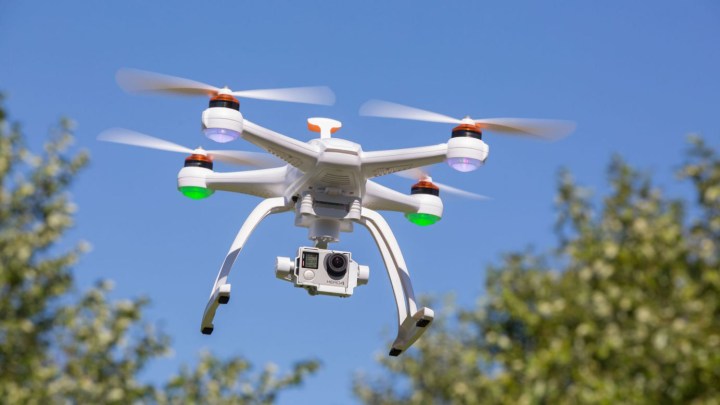
“Unmanned aircraft, including model aircraft, are ‘aircraft’ and are subject to FAA rules,” an administration spokesperson told eWeek via email. “No aircraft is allowed to fly inside the Special Flight Rules Area (SFRA) unless it complies with the published airspace security requirements. All aircraft flying in the Washington, D.C., SFRA are required to squawk a discrete beacon code and maintain continuous radio communications with air traffic controllers. Aircraft that cannot meet these requirements are prohibited from operating within the SFRA without specific authorization.” And while that seems like a lot of jargon, the simplest way to put it is this: You can’t fly a drone anywhere near D.C.
And it’s not just in our capital where these regulations are being enforced. Indeed, around two dozen states have passed legislation regarding drones, and major cities including Chicago, Los Angeles, and Miami, have rules on where drones can and can’t be flown. Failure to comply with these regulations result in both criminal and financial repercussions, and lawmakers say that they’re hoping to keep residents safe from both prying eyes and potential dangers carried by drones.
“It is important for you to tell your viewers that they cannot fly in the 30-mile radius,” an FAA official told WUSA9, a local station in D.C. “The FAA will continue to do outreach to educate the public.”


